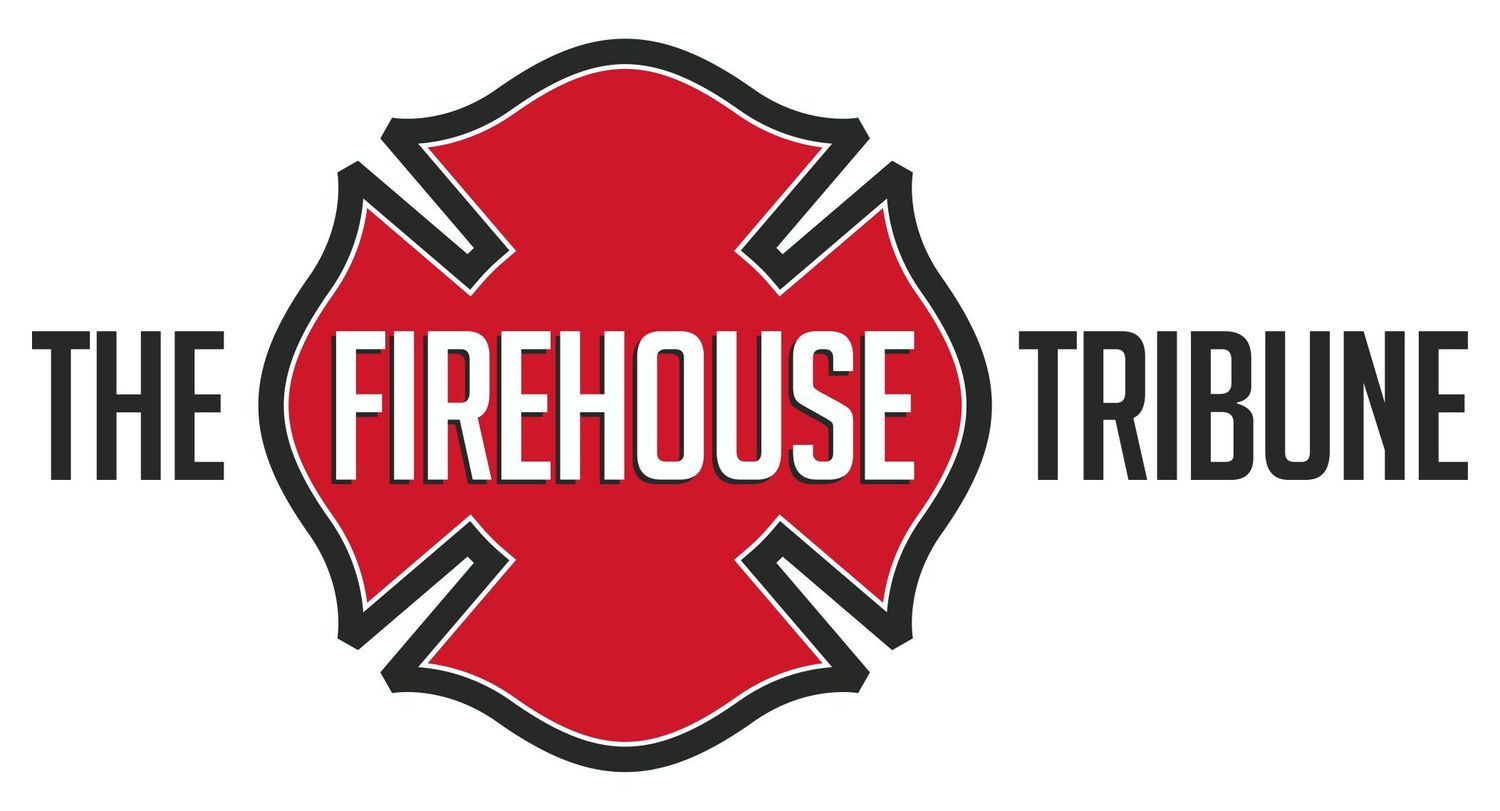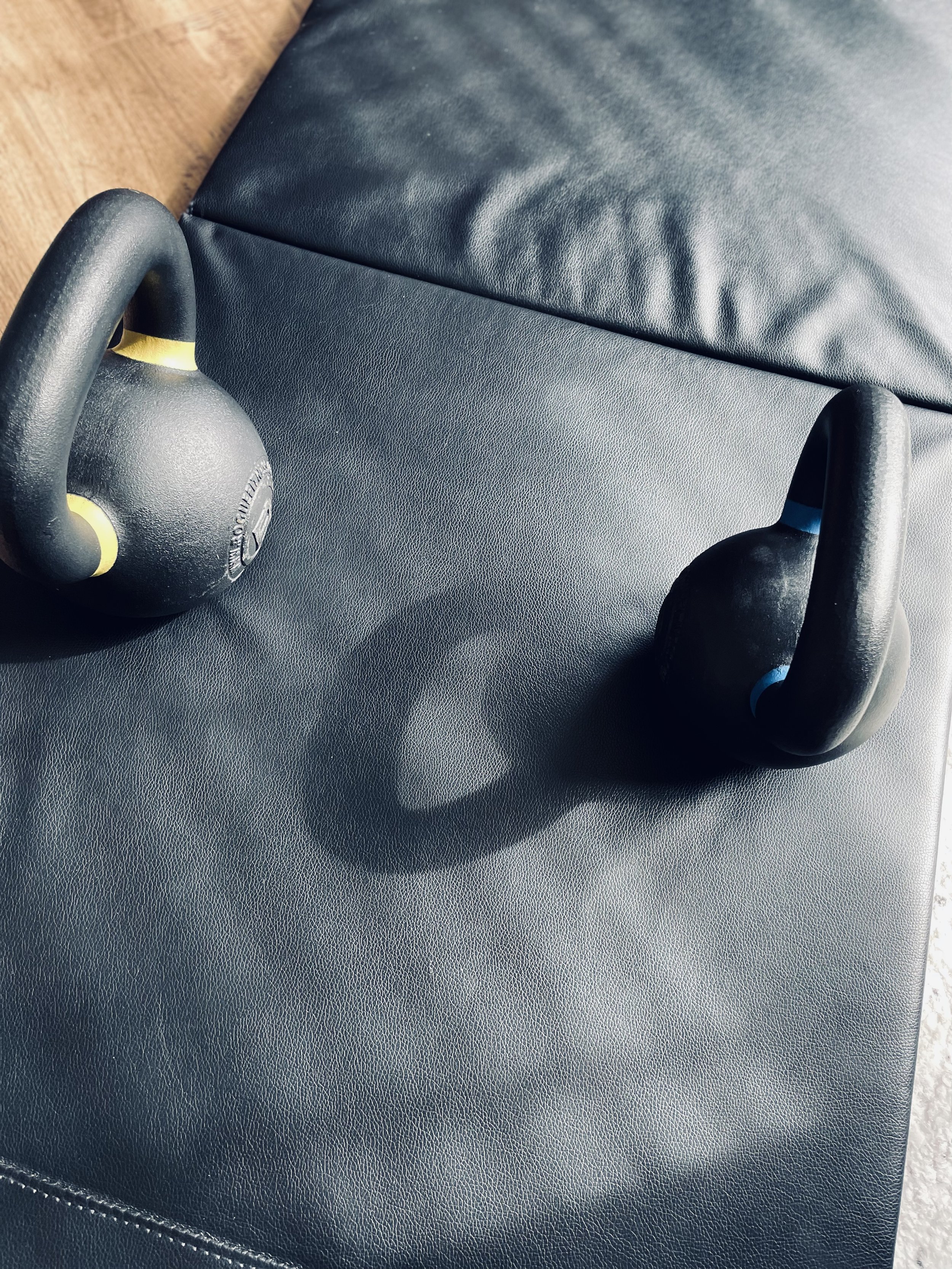Top Nutrient-Dense Proteins for Tactical Performance
In the world of tactical professions—whether you're a firefighter, law enforcement, EMS, military or high-performing athlete—protein is non-negotiable. It is the foundation for recovery, strength, energy, immune support, and long-term resilience.
But it is not just about hitting your macros. It is about choosing the right protein sources—ones that also deliver the vitamins, minerals, and healthy fats your body needs to perform and recover under stress.
Let’s break down the best nutrient-dense proteins that belong in every tactical fueling plan.
1. Eggs
Complete protein with all 9 essential amino acids (*Histidine, Isoleucine, Leucine, Lysine, Methionine, Phenylalanine, Threonine, Trptophan, Valine)
Rich in choline (brain health) and vitamin D (immunity & recovery)
Affordable, portable, and extremely versatile
Best for: breakfast fuel, quick post-shift meals, or snacks on the go
2. Chicken Thighs (Skin-On or Skinless)
Higher in micronutrients than chicken breast: iron, zinc, B6, B12
Contains healthy fats that support hormone function and endurance
More flavorful and satiating, making it easier to prep in bulk
Best for: meal prep, post-training meals, long-duty energy
3. Grass-Fed Beef
Loaded with iron, B12, zinc, creatine, and CLA (a fatty acid that supports fat metabolism)
Helps build and maintain lean muscle mass while supporting oxygen transport
Choose lean cuts (like sirloin or flank) for lower fat, or fattier cuts during heavy training
Best for: post-call recovery meals, heavy lifting days, strength cycles
4. Salmon
High-quality protein + omega-3 fatty acids (anti-inflammatory and heart health)
Contains vitamin D, B12, selenium, and potassium
Supports brain function, joint health, and recovery from high-intensity work
Best for: dinner rotation, brain-fuel meals, inflammation support
5. Liver (Beef or Chicken)
One of the most micronutrient-dense foods on the planet
Packed with iron, vitamin A, B12, folate, and copper
Small servings go a long way—try ground with beef if taste is a factor
Best for: iron-deficient athletes, endurance support, immune health
6. Greek Yogurt (Plain, Full-Fat or 2%)
High in casein and whey protein for muscle recovery
Contains calcium, probiotics, and B12
Great for gut health and keeping you full between shifts
Best for: recovery snacks, smoothies, pre-bedtime fuel
7. Sardines / Canned Mackerel
Rich in omega-3s, calcium (with bones), vitamin D, and protein
Shelf-stable, portable, and perfect for fieldwork or busy shifts
Best for: on-the-go meals, tactical packs, heart & brain support
Why These Proteins Matter
Tactical athletes burn through nutrients faster due to:
High stress and cortisol output
Increased physical output and sweat loss
Poor sleep cycles or night shifts
Inflammation from training or repeated exposure (heat, smoke, impact, etc.)
Choosing nutrient-dense proteins ensures you’re not just getting enough macros—you’re replenishing the micros that help your body repair, rebuild, and stay sharp.
Tactical Tip: Rotate Your Proteins
Don’t eat just chicken breast and protein shakes every day. Rotate 3–5 high-quality protein sources per week to maximize your nutrient intake and keep meals interesting.
Until next time, work hard, stay safe & live inspired.
*It used to be thought only infants could produce histidine however modern research has shown adults rely on dietary sources of histidine, which is why it is now considered the 9th essential amino acid.














